Mood board

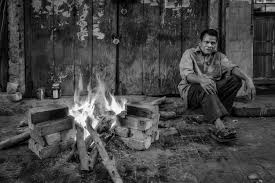

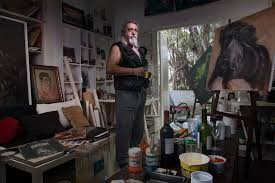
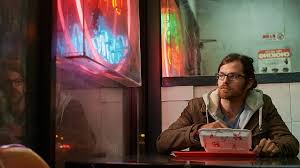

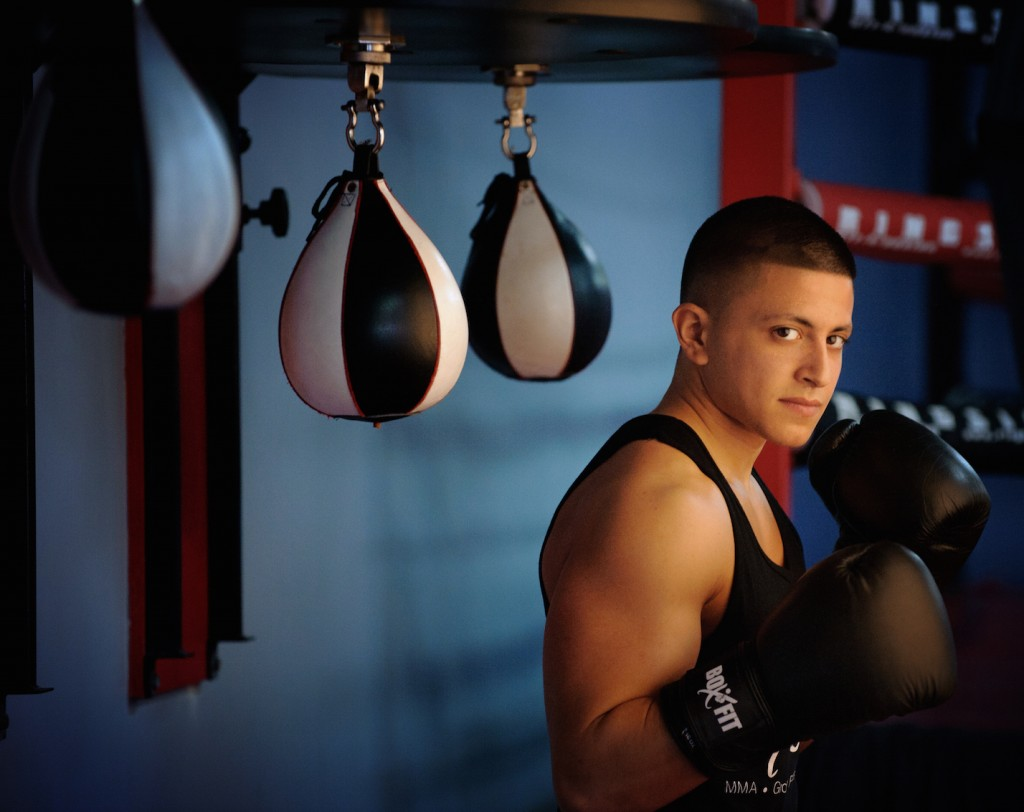

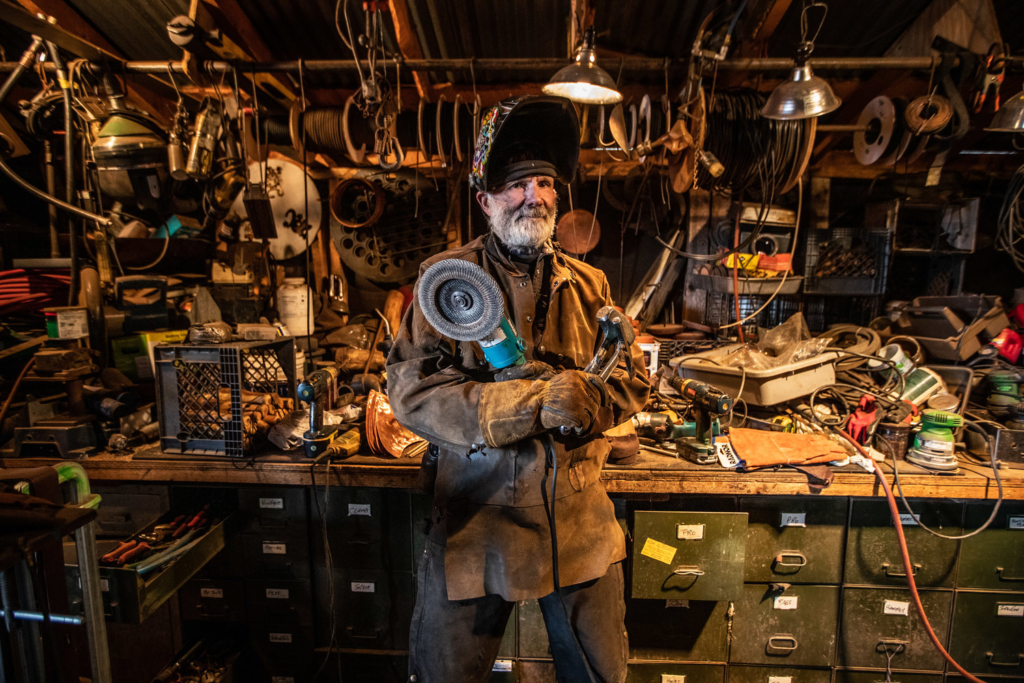

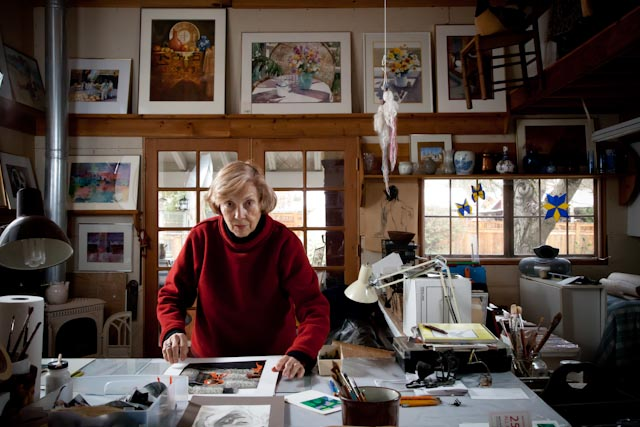
An environmental portrait is a portrait executed in the subject’s usual environment, such as in their home or workplace, and typically illuminates the subject’s life and surroundings, age, gender, and occupation.
Environmental portrait Analysis ( Mr toft’s photoshoot)
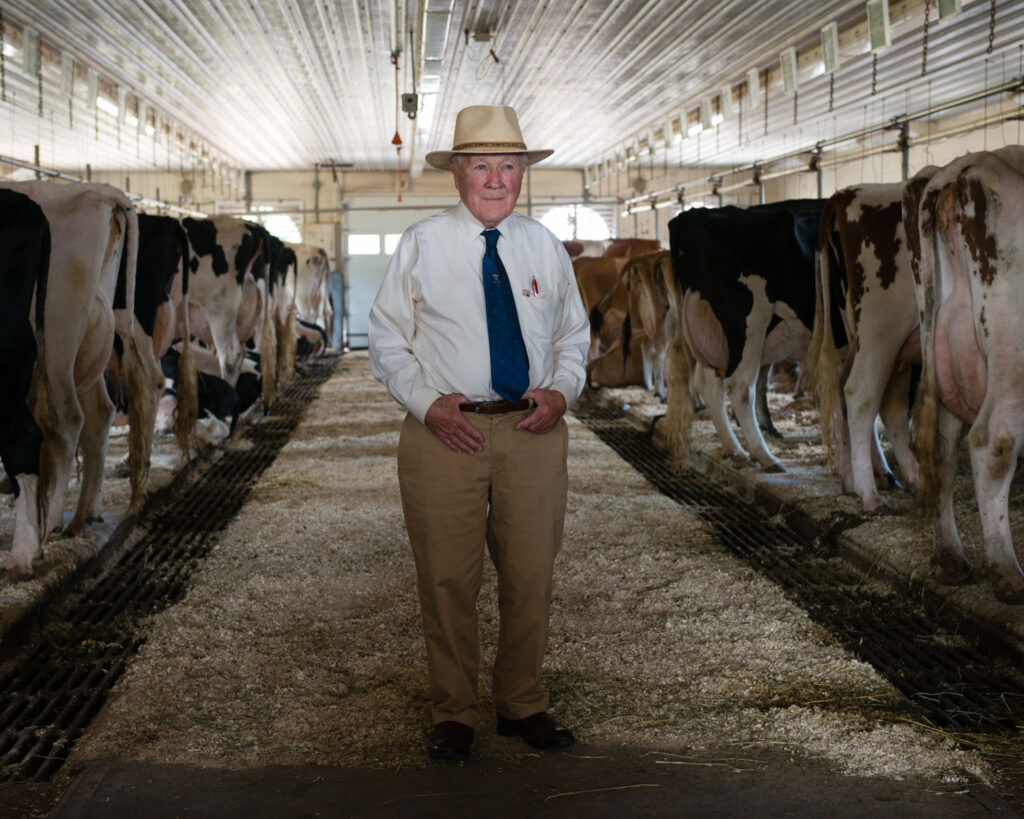
Lighting – Natural / Indoors / Soft Light / Overcast weather / Backlit
Environment – Cattle farm / Workplace / Business
Lifestyle – Farmer / Male / Elderly
No props
Framing – Full length body / Deadpan / Central / positioned in order to stand out from background
Approach – Formal body position ( posed) / unformal facial expression ( unposed )
Gaze – Averted gaze , Not looking at the camera, more natural look.
Cam settings ( Predicted )
Medium aperture ( f/4, f/5.6, or f/8. Those “medium” apertures are small enough to block light from the edges of a lens,) cow behind him is in focus however further back they are out of focus, showing the field of depth is not too deep.
Wide angle lens ( has a focal length of 35mm or shorter, which gives you a wide field of view)
Fast Shutter speed < because you can see that the room is dark and softly lit, meaning the shutter speed was not long enough for the light to be over exposed.
medium ISO, as the image is crisp yet still dark.
August Sander
August Sander (1876–1964) was a German photographer , famously known for his work documenting and capturing German society in the early 20th century.
August Sander’s photography is significant for its organised approach to categorizing people, capturing a wide range of individuals from various parts of life in Germany, often with a focus on class, occupation, and social role.
Social and Class Structures: Sander’s portraits were not just about capturing the physical appearance of his subjects. They were a window into the roles that people played within the larger structure of society. He saw his work as a way to document the complexities of class, identity, and occupation, often exploring how social status and profession were reflected in a person’s appearance and lifestyle

He sought to give respect to the people he photographed, regardless of their social standing. His photography conveys a sense of equality among the subjects in the photographs. He wanted to truly represent the raw reality of life in Germany, from lower class life to high class.
Legacy
Sander’s most famous series, People of the 20th Century, was never fully completed in his lifetime, and much of his work remained unpublished during his career. However, the project has since been recognized as one of the most important photographic projects of the 20th century.

Typologies
A photographic typology is a study of “types”. That is, a photographic series that prioritizes “collecting” rather than stand-alone images. It’s a powerful method of photography that can be used to reshape the way we perceive the world around us.


The concept of Photographic Typologies traces its origins to August Sander’s 1929 portrait series Face of Our Time, which documented the diverse social fabric of Germany between the two World Wars. Sander’s intent was to capture a cross-section of society—its various types, classes, and the relationships that linked them. He recognized that displaying his portraits as a collective series revealed much more than the individual images would convey on their own. Unfortunately his photography had such significance and power that just four years after its creation, the Nazi regime had the photographic plates destroyed and the book banned.
A typology in photography is a study of “types” , a series of images that highlights collective representation rather than isolated, individual shots. This approach shifts the focus to “collecting” and categorizing, and has become a method for reshaping how we view the world around us. The term “typology” itself gained exposure in photography in 1959, when the German artists Bernd and Hilla Becher began documenting the rapidly disappearing industrial architecture of Germany. The Becher’s described their subjects as “buildings where anonymity is accepted to be the style.” Their aim was to document a vanishing landscape, and in doing so, typologies not only captured a moment in time but also invited viewers to reflect on the photographs in the broader context of history and society.
The Düsseldorf School of Photography
The Düsseldorf School of Photography is a renowned institution largely shaped by Bernd and Hilla Becher, whose innovative approach to photography as a typological method left a lasting impact on both their students and the broader photographic world. As professors at the Kunst Akademie Düsseldorf, the Becher’s passed on their meticulous, systematized method of documenting industrial structures ( such as water towers and gas tanks) to a new generation of photographers.
This approach, known as typology, involved photographing similar objects in series to highlight patterns, variations, and subtle differences. The Becher’s emphasized precision and objectivity, treating each subject as part of a larger system rather than focusing on individual characteristics. Their influence at the Düsseldorf School was profound, and their students( such as Thomas Ruff ) , Andreas Gursky, Thomas Struth, and Candida Höfer—took the Becher’s’ principles and expanded them into new directions.
While the Becher’s focused on industrial architecture, their students applied typology to diverse subjects, from urban spaces to portraiture. The Düsseldorf School became a home for photographers exploring the documentary style, with many of their works reflecting an interest in the social, cultural, and architectural landscapes. The school’s rigorous approach to photography turned typology into a significant artistic and intellectual movement, and its influence can still be seen in contemporary photographic practice.
In short, the Düsseldorf School, under the Bechers’ guidance, transformed photography into a tool for analysis and reflection, shaping how we view not just the world around us, but the way we categorize and understand it.
August Sanders Photography Analysis

TECHNICAL ASPECTS
Due to the black and white format of this photograph , it is difficult to pinpoint the type/Origin of the lighting used. However, upon further inspection I am able to infer that the source of light could be natural, emitting from a window in the form of daylight , This is because if you look into the metal bowl grasped by the chef, the lighting seems to be in the shape of a distorted rectangle, which closely resembles a window. Additionally , due to the lighting being softly diffused, and not causing hard tone and definition within the subject/ casting heavily contrasting shadows upon the subjects body and face ( Similar to how artificial light would create a hard light with minimal diffusion) It is fair to say that the lighting is natural due to it having almost identical characteristics to it. Furthermore, due to the angle of the reflection on his head compared to the angle of the light on the bowl, we can also infer that there are multiple windows positioned to the right of the character and in front of him ( due to multiple light sources within the reflections) , all working together to create the scenes lighting and atmosphere.
The tonal range in this shot (the range of tones between the darkest and brightest areas of an image that are captured by your camera.) is wide as their are clearly many points within the image with pure black and pure white , along with a range of shades of grey in-between, This in return creates a lot of contrast within the image which highlights the key features of the chefs face and body outline. Additionally it is easy to tell that this image is perfectly exposed, neither under or over exposed as the detail is still clear and nothing is too dark or too bright, minimising the glare within the shot ( from the reflections).
APERTURE
the Aperture Used to create this shot is most likely quite low in the ranges of f2-4 as these low apertures are great for creating portraits with a shallow depth of field, as seen in the photograph , the subject (chef) is in focus, whereas his background and surroundings are out of focus.
SHUTTER SPEED
Alongside the Low aperture , I predict a fast shutter speed was used in order to combat the amount of light being let in through the lens. ( at least 1/200th of a second handheld or 1/15th of a second on a tripod.) . What supports my prediction is that there is none to minimal motion blur, Meaning either the subject stood incredibly still or a high shutter speed was used to capture the moment in time without any blur.
ISO
The ISO used to take this photo was most likely quite low, as there is no visible grain and the image is crystal clear , additionally the image itself is quite dark meaning a low ISO must’ve been used, which makes sense as the low aperture already lets in plenty of light, meaning that the light sensitivity of the camera doesn’t need to be high, around 100-200 was probably used.
